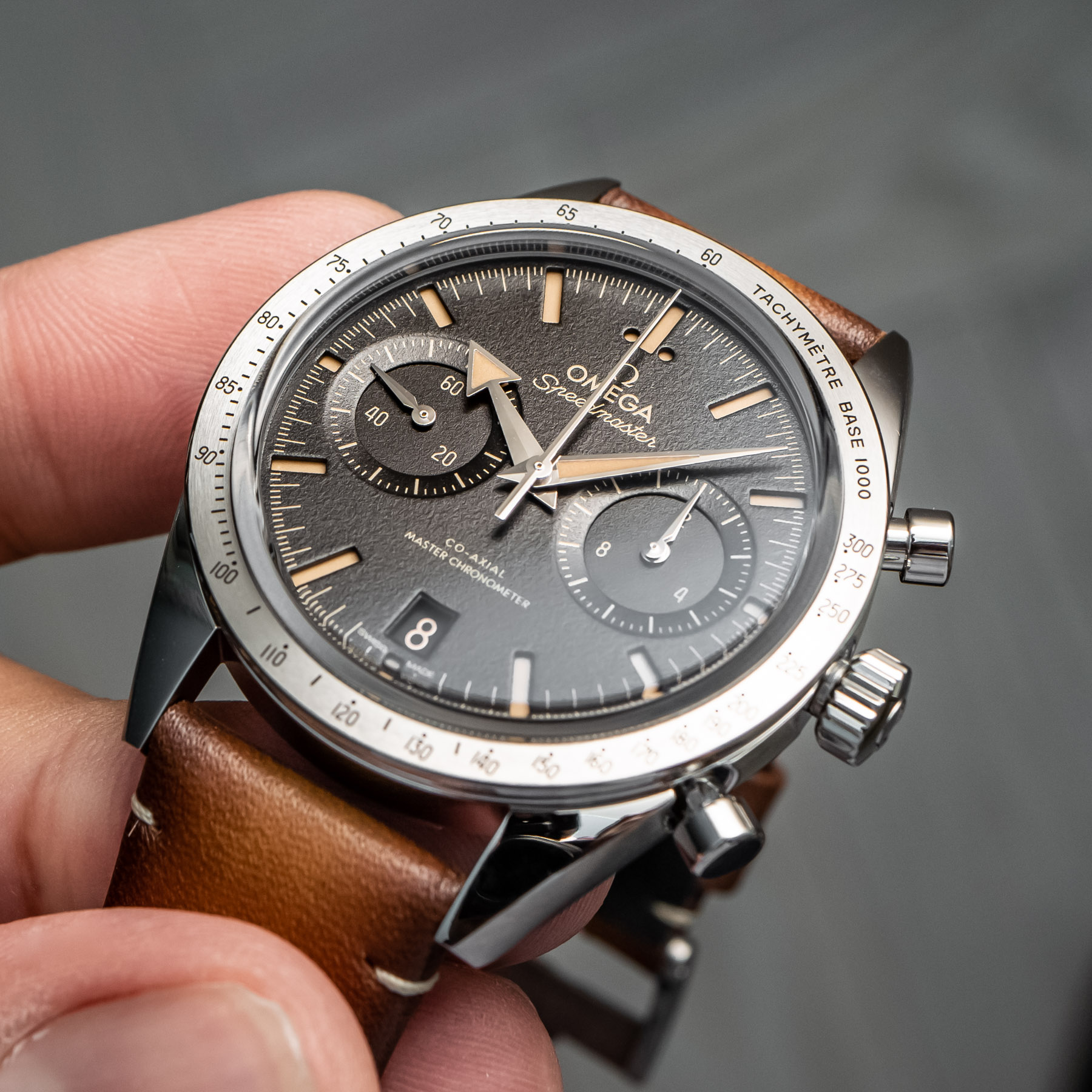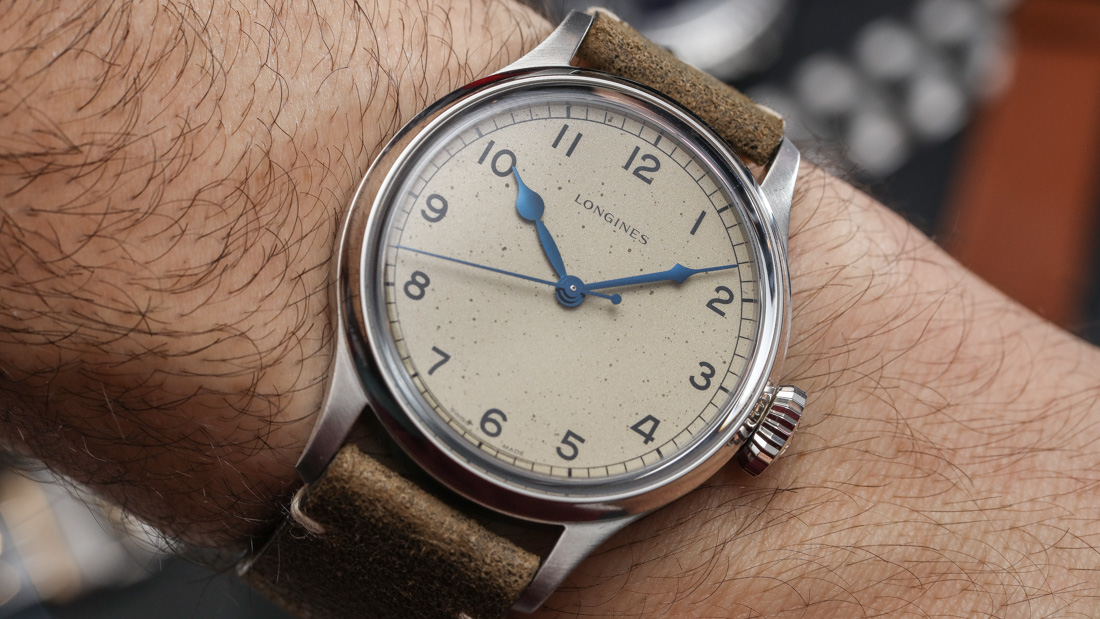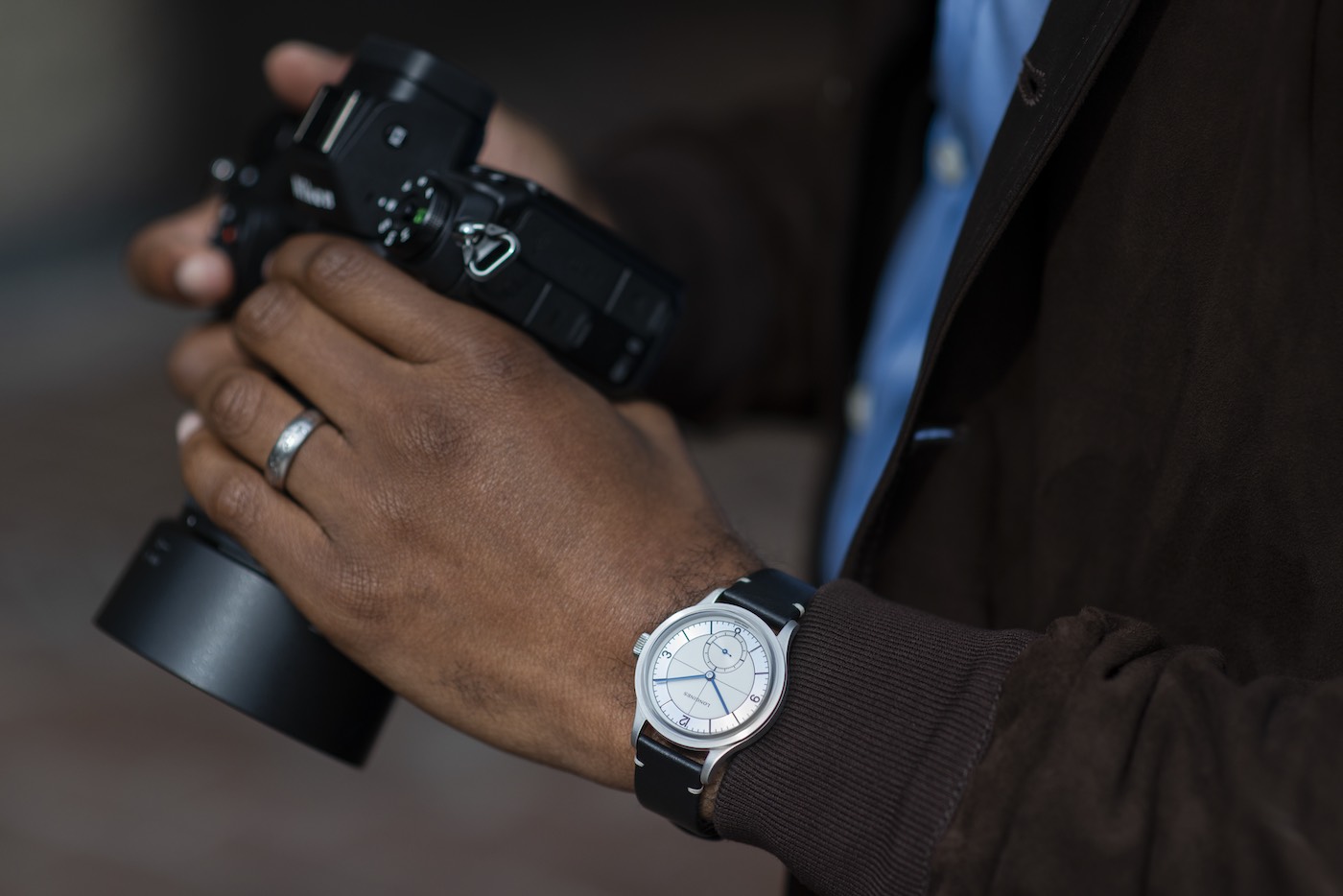
Looking back to the pre-pandemic world of horology, we were neck-deep in the vintage reissue trend. Still running full steam ahead for nearly five years, it seemed like this phase would never end. Brands were digging through their back catalog and even buying original examples on the open market if they didn’t already exist in the archives. The intentions were always pure. Some were aiming to make a nearly one-to-one reissue, trying to do the original justice, while others were breathing new life into the most popular models of their past. Meanwhile, general consumers and enthusiasts, alike, were eating up the reissues like an all-you-can-eat buffet, and brands doubled down on production.
In the blink of an eye, a large segment of the community got sick of it, and comment sections were filled with complaints of useless tan-colored lume, faded faux dials, and the standard complaints about sizing — as expected. Naturally, there is a lag between consumer preferences and final production due to the complexity of manufacturing watches. The watch industry is desperately trying to keep up with news and release cycles that modern tech industries have made unsustainable for other industries. We discussed this massive barrier in the previous edition of “Is Anyone Listening?” but this lag from production to release is only one factor.
Many brands have pivoted and jumped on the multiple-color bandwagon that always seems to include green at the forefront of the press release. This is resulting in modern watches in a wide spectrum of colors with one variant affectionately dubbed “heritage” or referencing the year or decade the model is based on. The only real difference is aged-looking lume or some type of “fauxtina” which, for many, is a deal breaker — especially when the reissues cost multiples of what an original example can be purchased for on forums. The argument between buying vintage or a reissue is certainly subjective, but it’s a frequent topic of conversation upon the release of vintage-inspired watches.
Now, this is not an argument against reissues. As someone who buys watches to wear, enjoy, and not “baby,” whatsoever, I am a massive fan of reissues. Vintage-inspired reissues allow the wearer to enjoy what may be their grail watch without the risk of losing thousands of dollars in value if they applaud too hard, causing fragile lume to come loose, or accidentally scuff the bezel. I have been seeing in comment sections for years the frustration enthusiasts have with the potentially bestselling black dial option getting the vintage treatment and completely changing the character. If brands want to make vintage-style watches, they shouldn’t hide behind the safety net of making the same thing in popular colors — go all out, embrace your heritage, and make it. Brands have seen roaring success with reissues that are nearly indistinguishable from their ancestors, and yet, most still try to play it safe. Adding a perfunctory heritage variant is only making the brand look like it is trying too hard to be vintage.
I would like to take a moment to applaud one brand in particular for playing every angle of the vintage trend so well it would feel amiss to not mention it. Longines has both created uniquely aged and vintage-inspired pieces while also wholeheartedly embracing the second coming of its most popular models. While Longines has hidden behind the so-called safety net mentioned above, it has done so sparingly. Each end of the vintage reissue spectrum has been executed at such a high level that the safe options don’t even register as such.
Ultimately, vintage reissues are not going away — nor should they. They are undeniably successful products in the watch industry that provide access to fan-favorite designs that may not be readily available or may be too delicate to own and wear regularly. But not every release needs to have a fake wannabe vintage SKU. It seems that each time a new watch is created, the concept of having a well-thought-out design is lost with the lazy application of faux aging. Whether it be marketing or a reach for different audiences, the inclusion of so-called “tropical” features does not require a watch to wave a flag that screams, “I’m inspired by this old model!” Simply put, if you want to incorporate an aged style variant, just do it wholeheartedly and stop pretending it is a vintage reissue; and if you want to do a vintage reissue, do it so well we actually question if it’s new or old. Brands seem to forget that sometimes, the best way to make a great watch is to just make it — not make a version for everyone — and certainly not make the most desirable options limited editions. I am pretty sure we know how everyone feels about the limited-edition trend, of late, but we can cover that at a later date.



